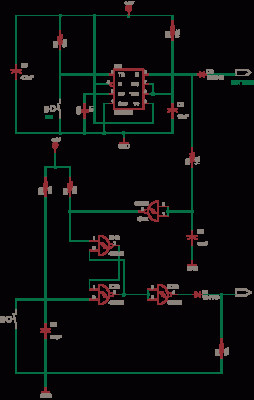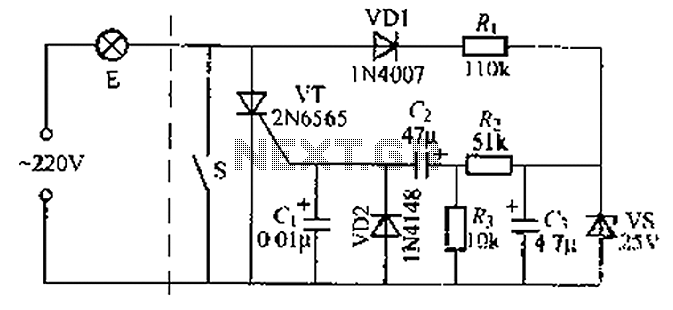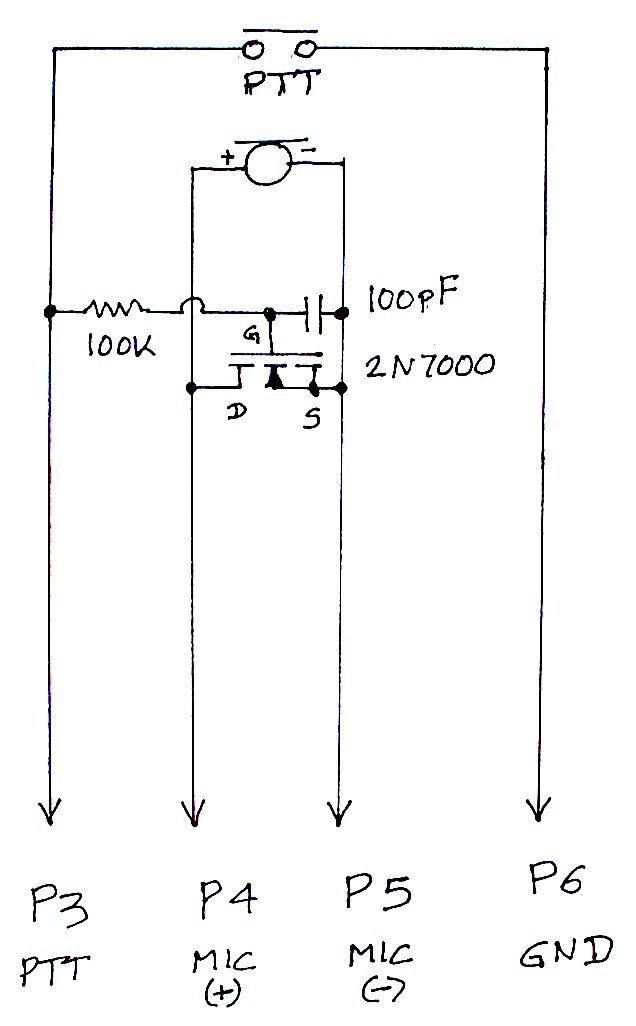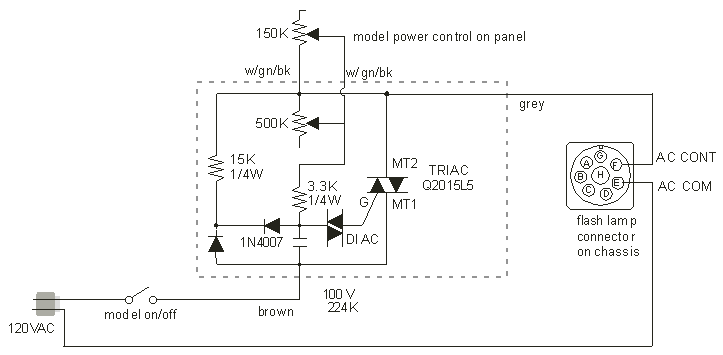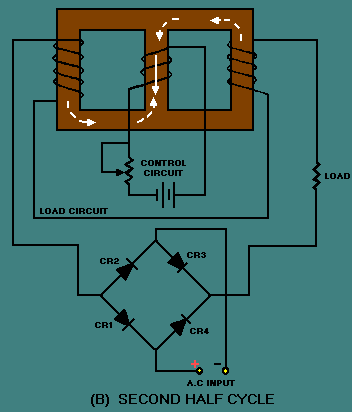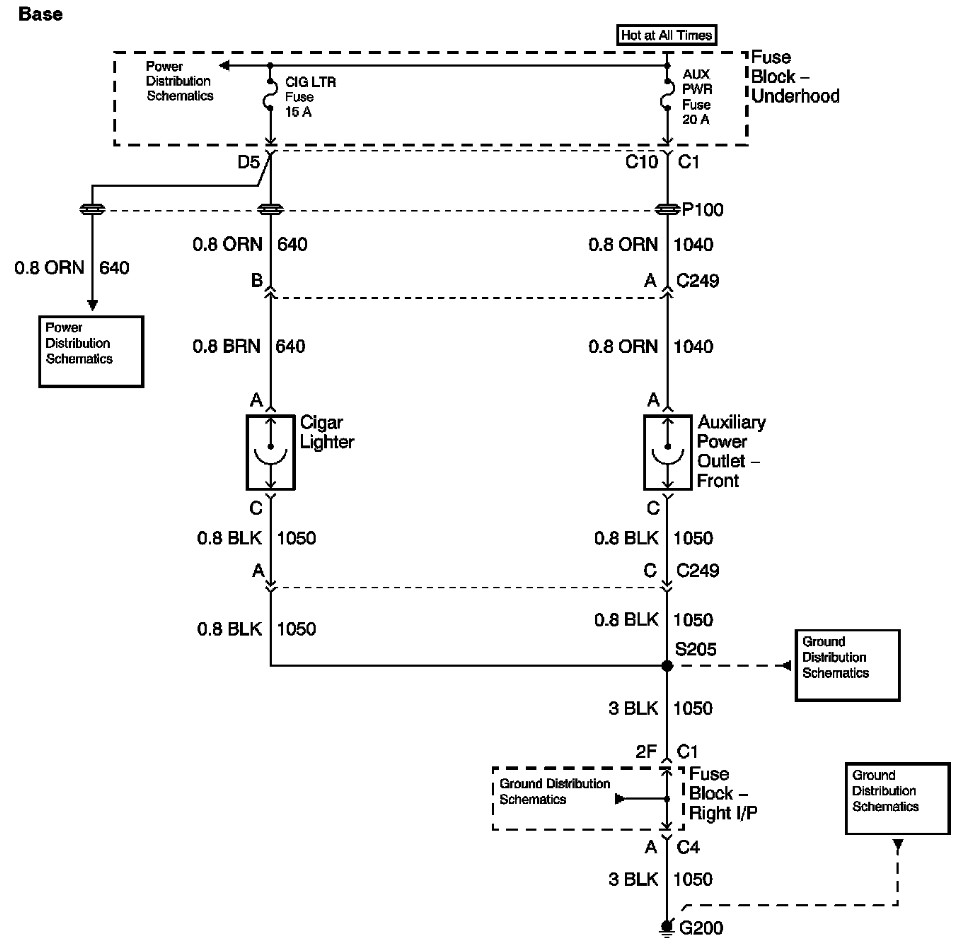
Automatic LED Emergency Light Circuit
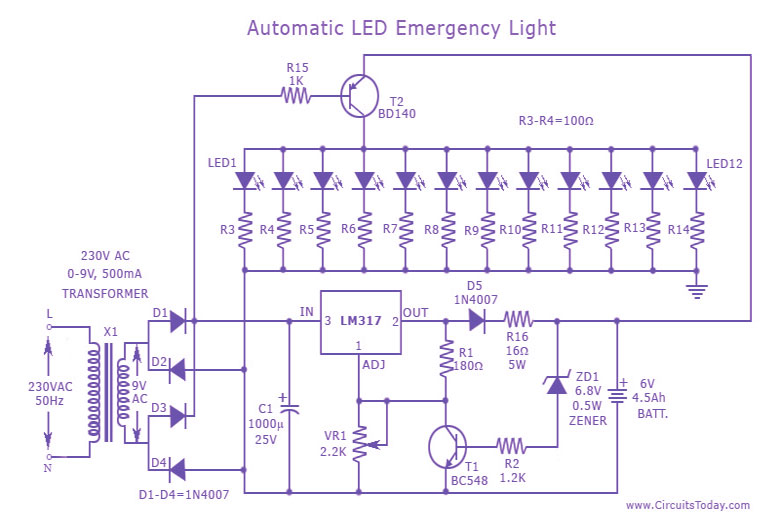
This is a cost-effective and straightforward emergency light circuit developed for CircuitsToday. It is an automatic emergency lamp with daylight sensing capabilities, meaning it detects darkness and turns on automatically, while also sensing daylight to turn off. The circuit does not require any special equipment, even a multimeter, to assemble and use. Any individual with good soldering skills can successfully build this circuit. It can be easily accommodated in a defunct two 6-watt tube National Emergency Lamp or any PL tube-type emergency lamp. The circuit operates continuously for over 8 hours. Deep discharge protection is managed by the LED characteristics, and overcharge protection is provided by a fixed voltage regulator. This circuit utilizes a simple 3-pin fixed regulator with a built-in current limiting feature. The only necessary adjustment is a preset that must be set to ensure the LEDs just light up and left at that position. A 5mm LDR is mounted on top of the emergency light to prevent illumination during daytime or when room lights are on. Two LEDs are used in series, eliminating the need for dropping resistance, allowing both LEDs to operate with the current required for a single LED, which significantly saves energy. This circuit has been modified by Mr. Seetharaman, a contributor to CircuitsToday, for readers seeking enhancements.
The circuit described operates as a low-cost emergency light utilizing white LEDs, which provide bright illumination when mains power is lost. It incorporates an automatic charger that ceases operation once the battery is fully charged. The charging circuit is regulated by an LM317 IC, which outputs a consistent 7V suitable for battery charging. The output is driven by a BD140 transistor, while a BC548 transistor and a Zener diode control the battery's charging process.
The design is particularly user-friendly, as it requires no specialized tools or equipment, making it accessible for individuals with basic soldering skills. The circuit can be housed within an existing emergency lamp casing, such as those used for two 6-watt tubes, allowing for a straightforward retrofit.
The circuit's capability to run continuously for more than 8 hours is a significant advantage, making it suitable for emergency situations where power may be unavailable for extended periods. The use of LEDs not only enhances energy efficiency but also reduces the risk of deep discharge, as the LED characteristics inherently protect against excessive battery depletion.
The 3-pin fixed voltage regulator, integral to the design, ensures that the circuit remains within safe operating parameters by limiting current flow. The adjustment of the preset is critical; it should be set to the point where the LEDs barely illuminate, thus optimizing energy consumption while maintaining functionality.
The incorporation of a 5mm LDR on the top of the emergency light serves as a simple yet effective solution to prevent unnecessary illumination during daylight hours or in well-lit environments. This feature enhances the circuit's efficiency and longevity by ensuring that the light only activates when truly needed.
Overall, this emergency light circuit represents a practical solution for individuals seeking an affordable and efficient means of providing illumination during power outages, with the added benefit of being easily constructed from readily available components.This is one of the most cost effective (cheap) and simple emergency light circuit developed for CircuitsToday This is an automatic emergency lamp with day light sensing, means it senses darkness/night and turns ON automatically. Similarly it senses day light and turns OFF automatically. A simple emergency lamp which does not require any specia l equipment; even a multimeter to assemble and use. Any individual who can do a good quality soldering must be able to build this circuit successfully. This can be easily accommodated in the defunct two 6 watt tube National Emergency Lamp or any PL tube type emergency lamp. The difference will be in the working; it will work non stop for more than 8 hours. Deep discharge is taken care by the LED characteristic and over charge protection is taken care by the fixed voltage regulator.
This uses a simple 3Pin fixed regulator which has a built in current limiting circuit. The only required adjustment is the preset which has to be set to ensure the LEDs just light up (it should be left at that position). The 5mm LDR is just mounted on top of the emergency light as shown in the photograph. LDR is used to avoid it lighting up during day time or when the room lights are ON. 2 LEDs are used in series; the dropping resistance is avoided and 2 LEDs light up with current that is required for a single LED, by which energy is saved to a great extent.
Note: This circuit is developed by Mr. Seetharaman for readers of CircuitsToday. This particular circuit has been kept so simple for people who has limited access to components or in other words this is an emergency light that you can build with minimum components. In addition to circuit diagram, He has shared photographs of the prototype he made in National emergency light and a PCB design.
NOTE: Considering the doubts raised by many of our valuable readers in our Comments section, this circuit has been modified by Mr. Seetharaman, one of our valuable contributors. You can see his modified circuit here: Automatic LED Emergency Light Modified. This is the circuit diagram of a low cost emergency light based on white LED. The white LED provide very bright light which turns on when the mains supply is not there. The circuit has an automatic charger which stops charging when the battery is fully charged. The IC LM 317 produces a regulated 7 V for the charging of Battery. Transistor BD 140 drives the out put. Transistor BC 548 and Zener diode controls the charging of the battery. a simple emergency lamp no need for any special equipment even a multimeter to assemble and use this.
Any individual who can do a good quality soldering can build this successfully. This can be easilyaccommodated inthe defunct two 6 watt tube National Emergency Lamp or any PL tube type emergency lamp. The difference will be it will work non stop for more than 8 hours. Deep discharge is taken care by the LEDcharacteristicand over charge protection is taken care by the fixed voltage regulator.
This uses a simple 3Pin fixed regulator which has a built in currentlimitingcircuit. The only required adjustment is the preset which has to be set to ensure the LEDs just light up (it should be left at that position). The 5mm LDR is just mounted on top of the emergency light as shown in the photograph. LDR is used to avoid it lighting up during day time or when the room lights are on. 2 LEDs are used in series the dropping resistance is avoided and 2 LEDs light up with current by by a single LED, by which energy is saved to a great extent.
🔗 External reference
The circuit described operates as a low-cost emergency light utilizing white LEDs, which provide bright illumination when mains power is lost. It incorporates an automatic charger that ceases operation once the battery is fully charged. The charging circuit is regulated by an LM317 IC, which outputs a consistent 7V suitable for battery charging. The output is driven by a BD140 transistor, while a BC548 transistor and a Zener diode control the battery's charging process.
The design is particularly user-friendly, as it requires no specialized tools or equipment, making it accessible for individuals with basic soldering skills. The circuit can be housed within an existing emergency lamp casing, such as those used for two 6-watt tubes, allowing for a straightforward retrofit.
The circuit's capability to run continuously for more than 8 hours is a significant advantage, making it suitable for emergency situations where power may be unavailable for extended periods. The use of LEDs not only enhances energy efficiency but also reduces the risk of deep discharge, as the LED characteristics inherently protect against excessive battery depletion.
The 3-pin fixed voltage regulator, integral to the design, ensures that the circuit remains within safe operating parameters by limiting current flow. The adjustment of the preset is critical; it should be set to the point where the LEDs barely illuminate, thus optimizing energy consumption while maintaining functionality.
The incorporation of a 5mm LDR on the top of the emergency light serves as a simple yet effective solution to prevent unnecessary illumination during daylight hours or in well-lit environments. This feature enhances the circuit's efficiency and longevity by ensuring that the light only activates when truly needed.
Overall, this emergency light circuit represents a practical solution for individuals seeking an affordable and efficient means of providing illumination during power outages, with the added benefit of being easily constructed from readily available components.This is one of the most cost effective (cheap) and simple emergency light circuit developed for CircuitsToday This is an automatic emergency lamp with day light sensing, means it senses darkness/night and turns ON automatically. Similarly it senses day light and turns OFF automatically. A simple emergency lamp which does not require any specia l equipment; even a multimeter to assemble and use. Any individual who can do a good quality soldering must be able to build this circuit successfully. This can be easily accommodated in the defunct two 6 watt tube National Emergency Lamp or any PL tube type emergency lamp. The difference will be in the working; it will work non stop for more than 8 hours. Deep discharge is taken care by the LED characteristic and over charge protection is taken care by the fixed voltage regulator.
This uses a simple 3Pin fixed regulator which has a built in current limiting circuit. The only required adjustment is the preset which has to be set to ensure the LEDs just light up (it should be left at that position). The 5mm LDR is just mounted on top of the emergency light as shown in the photograph. LDR is used to avoid it lighting up during day time or when the room lights are ON. 2 LEDs are used in series; the dropping resistance is avoided and 2 LEDs light up with current that is required for a single LED, by which energy is saved to a great extent.
Note: This circuit is developed by Mr. Seetharaman for readers of CircuitsToday. This particular circuit has been kept so simple for people who has limited access to components or in other words this is an emergency light that you can build with minimum components. In addition to circuit diagram, He has shared photographs of the prototype he made in National emergency light and a PCB design.
NOTE: Considering the doubts raised by many of our valuable readers in our Comments section, this circuit has been modified by Mr. Seetharaman, one of our valuable contributors. You can see his modified circuit here: Automatic LED Emergency Light Modified. This is the circuit diagram of a low cost emergency light based on white LED. The white LED provide very bright light which turns on when the mains supply is not there. The circuit has an automatic charger which stops charging when the battery is fully charged. The IC LM 317 produces a regulated 7 V for the charging of Battery. Transistor BD 140 drives the out put. Transistor BC 548 and Zener diode controls the charging of the battery. a simple emergency lamp no need for any special equipment even a multimeter to assemble and use this.
Any individual who can do a good quality soldering can build this successfully. This can be easilyaccommodated inthe defunct two 6 watt tube National Emergency Lamp or any PL tube type emergency lamp. The difference will be it will work non stop for more than 8 hours. Deep discharge is taken care by the LEDcharacteristicand over charge protection is taken care by the fixed voltage regulator.
This uses a simple 3Pin fixed regulator which has a built in currentlimitingcircuit. The only required adjustment is the preset which has to be set to ensure the LEDs just light up (it should be left at that position). The 5mm LDR is just mounted on top of the emergency light as shown in the photograph. LDR is used to avoid it lighting up during day time or when the room lights are on. 2 LEDs are used in series the dropping resistance is avoided and 2 LEDs light up with current by by a single LED, by which energy is saved to a great extent.
🔗 External reference
